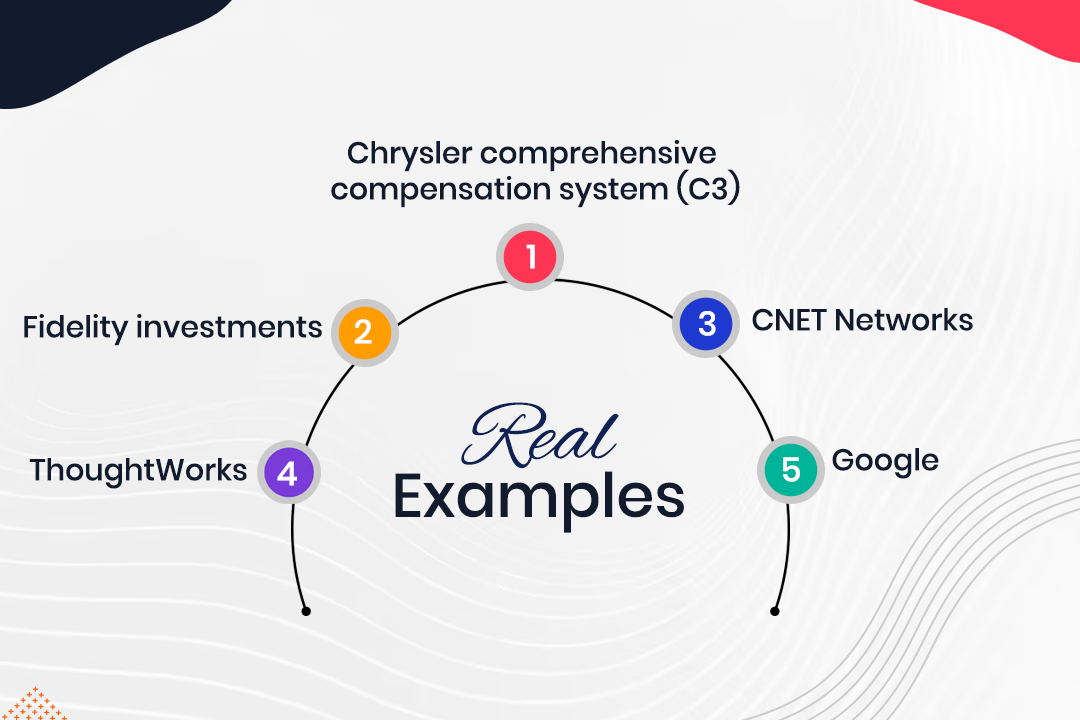Are you wondering about an advanced agile method? Then, extreme programming must be a good choice for you.
The use of agile practices is rapidly increasing. And it’s been quite helpful to the industry so far. According to a statistics report published in 2022, 91% of respondents had adopted agile development in 2018. So, the future of agile practices seems promising to the industry.
Under strict rules and guidelines, extreme programming completes work following adaptability and simplicity. In this blog, we’ll explore the uses and challenges of it. So, keep reading till the end.
What is extreme programming?

Extreme programming, known as XP, is a type of agile approach in software development. It allows developers to improve the quality and responsiveness of software. The development process involves practices such as pair programming, integrations, and customer feedback. It became popular mainly for its flexible nature to adapt to changes in software requirements.
Origin and principles
Kent Back and Ward Cunningham are famous people known for developing XP. Kent Back created XP in the late 1990s. He was working on a project called C3 (Chrysler comprehensive compensation system), and that’s when he developed it. Later, Ward Cunningham also influenced XP to many extent. It is made with the vision to satisfy customers with their constant involvement and iterative development process.
There are some the key principles it follows:

Simplicity
Communication
Feedback
Agility
Courage
Core practices of extreme programming
Pair programming
TDD (test-driven development)
TDD refers to the method where tests are written first according to requirements, then the code. This ensures that the codes will match the quality and requirements as expected.
Continuous integration
Refactoring
Collective ownership
Pros of extreme programming
Flexibility
Customer satisfaction
Quality enhancement
Collaboration
Adaptability
Cons of extreme programming
Team adaption
Customer feedback
Legacy systems integration
Real examples

Chrysler comprehensive compensation system (C3)
Fidelity investments
CNET Networks
ThoughtWorks
Conclusion
Extreme programming is a practice that builds software, including customer feedback and a rigorous development process. It follows a highly structured process with simplicity to get high-quality software. Many examples have shown its great potential. So, considering to adapt it would be a great choice to make.
Need help in getting advice or a solid strategy for developing software? StakkDev Inc. is here to help you. Get services from the software development consultancy team to help you with queries and strategies.
Leave a Reply